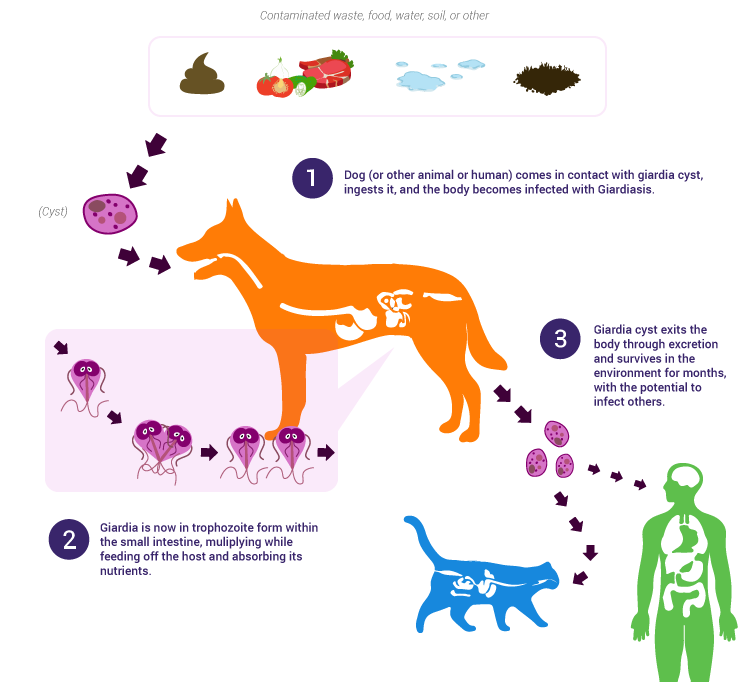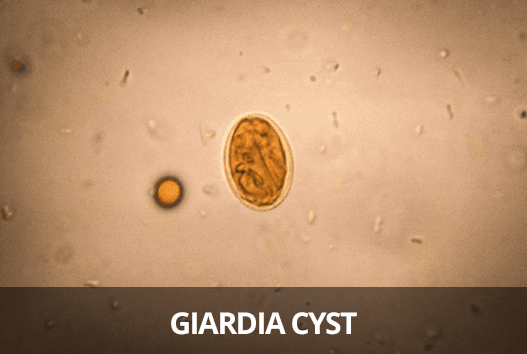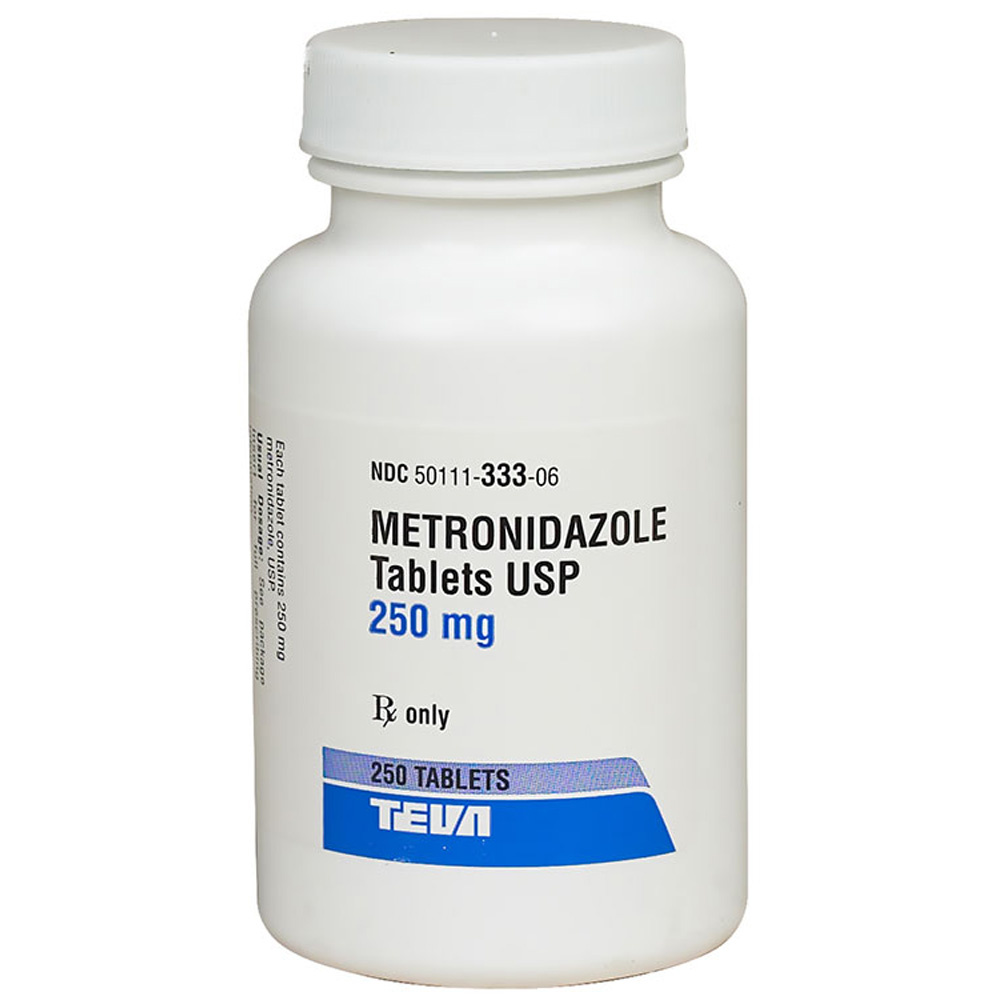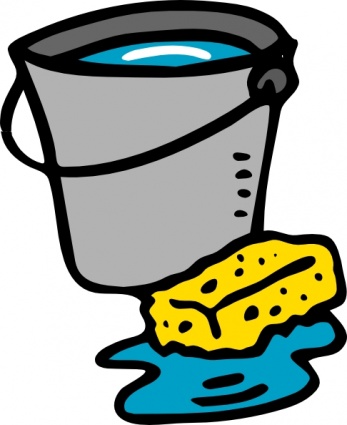Giardia – It’s a strain on everyone
What is it?

Giardiasis is an intestinal infection of animals. It is caused by a protozoan parasite called Giardia intestinalis. These single-celled parasites are not to be confused with more commonly known intestinal parasites; roundworms, hookworms, and tapeworms.
How do pets get it?

Giardia, in all life stages, is too small to be seen without a microscope. The infective stage of Giardia is the cyst, which is passed in the feces of infected wildlife and domestic animals. When an animal swallows the Giardia cysts, they enter the intestinal tract, causing infection. 
There are many ways pets can ingest these cysts. Here are a few:
- Eating feces
- Stepping in feces and licking their paws
- Eating contaminated grass
- Drinking standing water
What are the symptoms?
Fortunately, even though the infection rate is high in cats and dogs, clinical disease is less common. Some animals infected with Giardia may show no clinical signs. When symptoms do arise they may include digestive upset, usually diarrhea and/or vomiting. Severe cases of untreated diarrhea and vomiting may lead to dehydration and more serious disease.
In the last 6 months, Becker Animal Hospital has diagnosed the infection in 50 pets!

How is it diagnosed?
Most often a microscopic examination of fecal material is used to diagnose Giardia. Occasionally the infection may be difficult to confirm because animals may not always shed the organism in their fecal material. In this case a blood test is used to confirm infection.
What’s the Treatment:
The most common medication used to treat Giardia is metronidazole. It is usually given by mouth for 7-10 days. If the infection is persistent other medications may be added and treatment may continue for longer than one week.
Giardia in pets should be treated as a potentially communicable (zoonotic) disease. It is not known for certain if Giardia from pets directly infects humans, however, the same strains of Giardia have been known to infect dogs, cats and humans. Therefore, good hygiene should be observed when interacting with an infected animal and when cleaning up fecal material.
Thorough cleaning of the environment may help to decrease opportunities for reinfection. The cysts are sensitive to bleach dilutions (1 cup of bleach to 2 gallons of water). Cysts are also sensitive to heat and drying. Cold weather is no match for giardia cysts. It can live in 8°F! The protective shell of the cyst allows Giardia to survive f or long periods of time.
or long periods of time.
All infected areas should be cleaned and dried well. Food bowls, bedding, toys and litter boxes should be washed with hot water. Bathing the pet may also be helpful during the course of treatment as well as picking up any fecal material present in the yard. It is important to reduce the chances of reinfection.
Important Points:
- Be sure to give any medications as prescribed; ending medications early may cause a chronic Giardia infection.
- Watch for signs of weakness, instability, appetite loss.
- Remember to use proper hygiene, wash bedding and bowls especially in multiple pet households
- Avoid allowing animals to drink untreated water.
- A fecal exam should be done at least once per year, even if your pet appears healthy.
When to call Becker Animal Hospital:
-
If the condition is not improving:
- your pet continues to have diarrhea or if the diarrhea becomes more severe
-
If your pet develops further digestive disorders:
- vomiting, not eating, weight loss, abnormal stool
- If your pet has had a reaction to medications or exhibits abnormal behavior.
For more information on Giardia:
CDC – The Center For Disease Control
